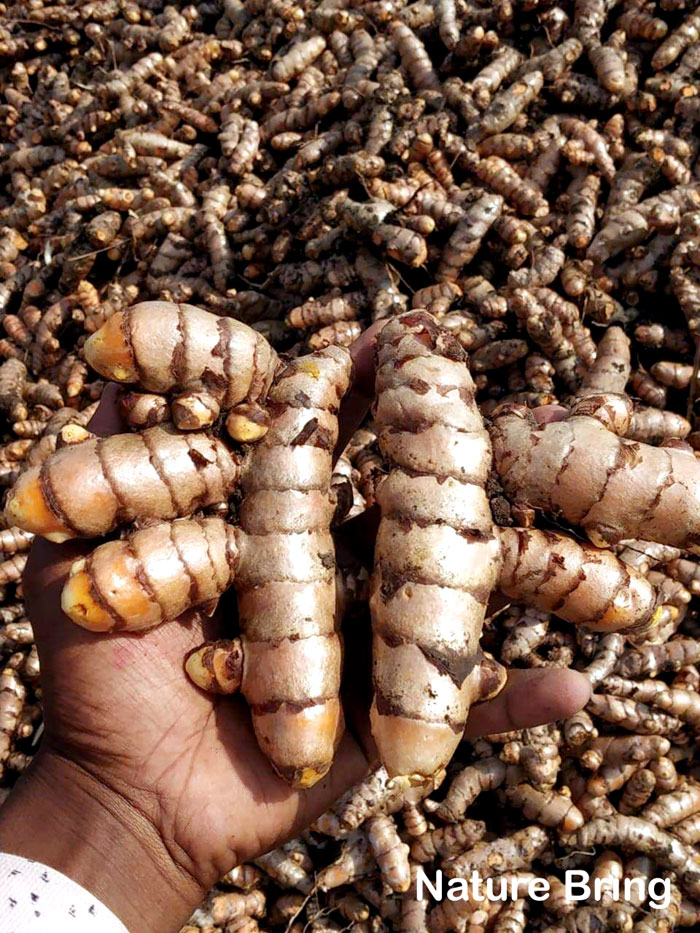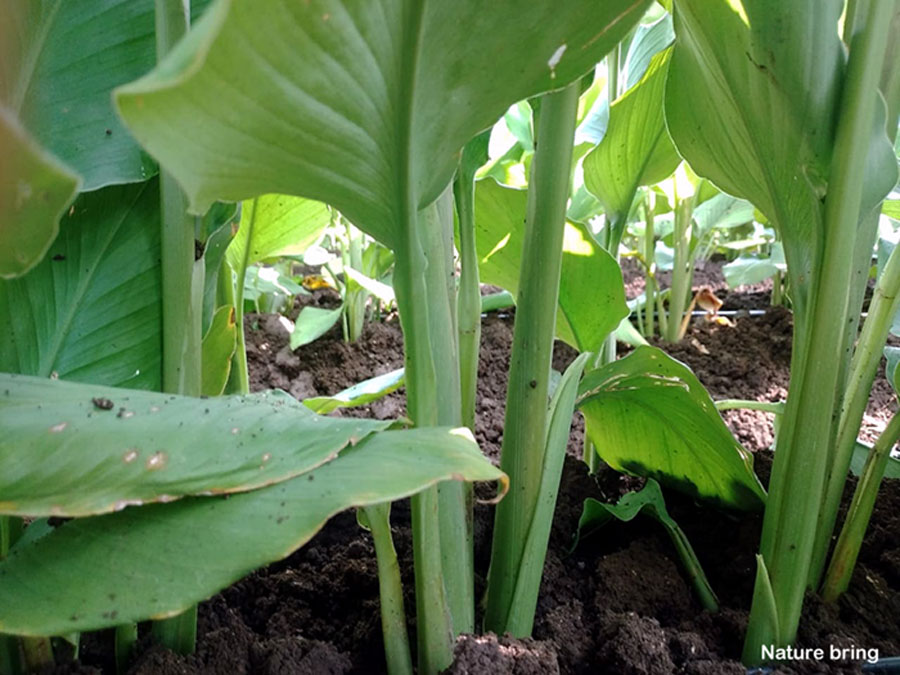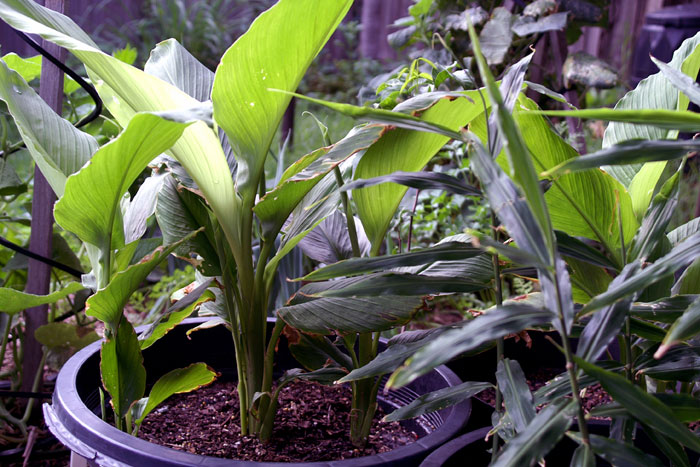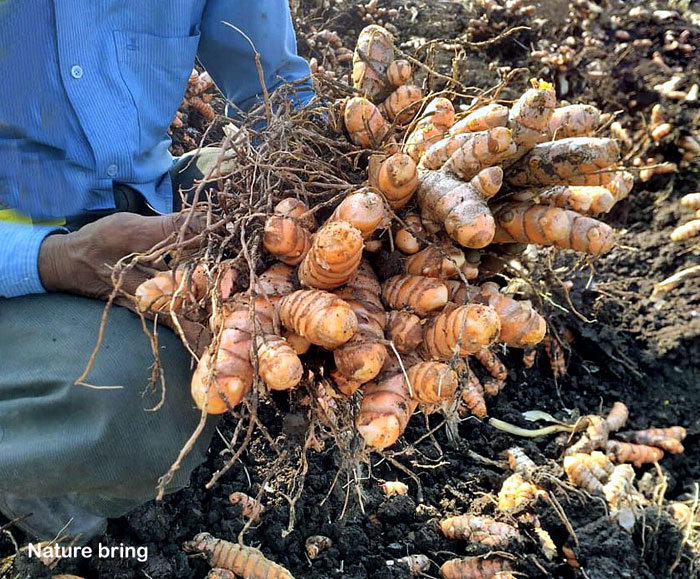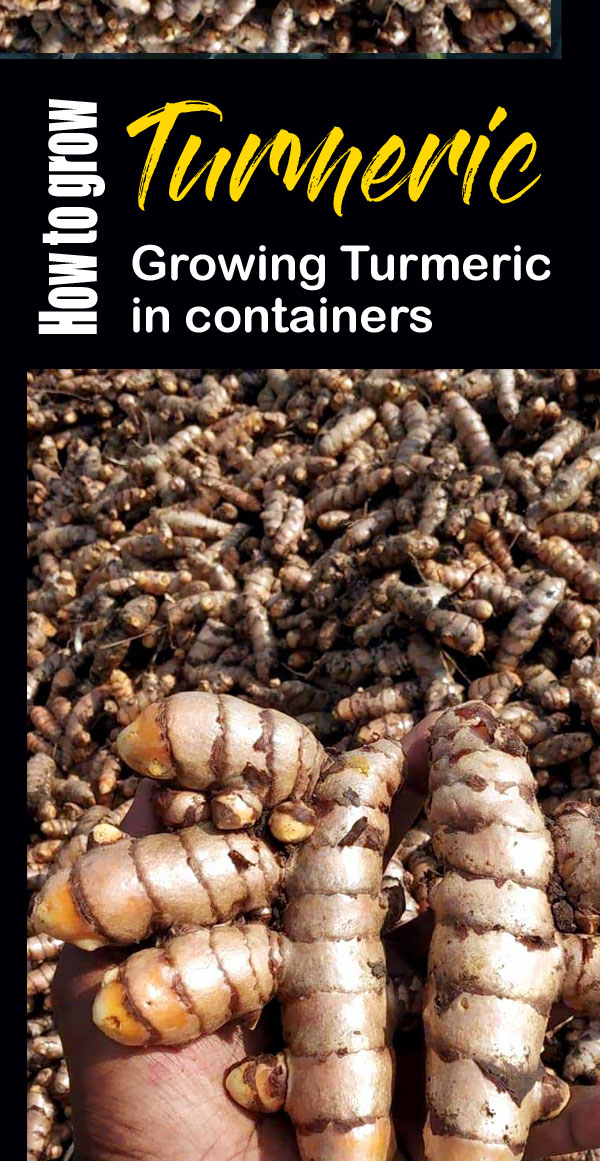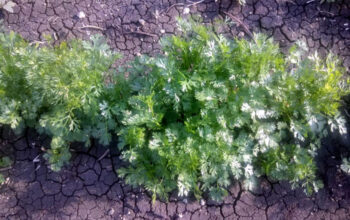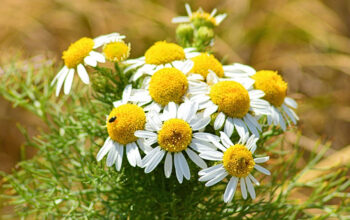Turmeric (Curcuma longa)
Turmeric is an excellent Indian spice that people use in the kitchen, and all of us buy it from the grocery store. This Indian spice used in the form of medicines along with taste in the food, it is very good for the health. This plant can grow in containers very easily, for this, choose a place where the sun comes, and the pot is bigger. Like a houseplant, Turmeric grows with grass-like leaves and looks attractive. In September or October, after the extreme cold has passed, apply turmeric in warm soil. know how to grow turmeric plant, Growing turmeric plant in containers, Harvesting turmeric plant, Pests, and disease Curcuma longa, and more about the plant.
About Turmeric
There are many popular varieties of this Indian spice, which are prominent, Curcuma longa, hidden ginger, Queen Lily, Indian saffron, Queen Lilly, and curcumin.
Curcuma longa is a herbaceous plant of the ginger family, native to Southeast Asia. The annual rainfall is beneficial for this. These are propagated by rhizomes. You can use fresh turmeric in your own dishes and in beauty products. Nature Bring is sharing information about the easy way of growing turmeric plants.
Popular names Curcuma longa
Indian spice is well known with many names, including Curcuma, Curcuma Aromatica, Curcuma domestica, Curcuminoïde, Curcuminoïdes, Curcuminoids, Halada, as well as many Hindi names such as turmeric, Haridra, Indian saffron, etc. Apart from this, it is Pian Jiang Huang, Racine de Curcuma, Radix Curcumae, Rajani, Rhizoma Cucurmae Longae, Safran Bourbon, ukon, nghe; wong-keong, Yu Jin is known by many foreign names.
Classification
Scientific name Curcuma longa
Common name Turmeric, Haldi
Plant type Herbaceous plant
Sun required Full sun
Soil Loamy and well-draining
Soil pH 6.0-6.5
How to grow Turmeric plant
Soil selection
It is good to have loam soil with organic abundance. For this, drainage should be good. This plant likes moisture, so you can use a mulch to retain moisture. The month of September or October is suitable for growing turmeric, at this time it is available in hot soil. Read more.
- You must have read about Ginger in our old post, turmeric is also grown in the house through rhizomes like ginger. Curcuma longa is not propagated by seed. To grow it you will have to take the root of turmeric from a nearby nursery. In addition to turmeric, most herbs are grown by cutting or leaf. This one underground brown tuber.
- Like ginger, Curcuma longa is also a tropical plant that is well-developed in moisture and warm conditions.
- The well-drained and neutral soil is best suited for turmeric plants.
- An ideal temperature for this to grow is 65°F and 85°F, so if you live in a cold area, then you develop it inside the house. However, this plant is tolerated partially shadowed.
- This Indian spice plant is matured in about 6 to 8 months after planting. Its plants contain large and green leaves which can be about 3 feet long, as the plant gets mature, each stem sends a green white flower. Read more.
Growing turmeric plant in containers
- To develop rhizomes in containers, firstly cut the rhizomes like a ring that you bought from nurseries, in each ring should be at least two or three buds.
- After that, take a large container, check the drainage hole, spread the gravel or broken terracotta pot on its surface, then fill it with compost mixed rich soil. Keep in mind the moisture in the soil, but it is well-drained.
- Bury the cut pieces of rhizomes with a depth of 2 inches in the soil. Keeping the attention of the Buds is upwards.
- After this, transfer your pot to a place where the temperature is warm. Do not have more direct sunlight on the container.
- Always keep the soil moist. If the atmosphere of the room is very hot and the soil dries repeatedly, then spray water from time to time. Find it more.
* Use organic fertilizer or compost tea to make your turmeric plants twice a month, you will get the benefit.
Planting time
March to April is the most suitable time for sowing. Depending on the varieties of turmeric, the crop is ready in 7-9 months after planting.
Harvesting turmeric plant
- This is a slow-growing herb, after about 4 weeks you see its shoot-out. You have to wait so much.
- Its crop takes about 6 to 8 months to mature. When turmeric is mature, its leaves start drying and the plant starts to yellow. This is the time when your crop is ready and you can dig it.
- If you wish, you can separate dry leaves, and do not need to dig the whole plant.
- Wash the extracted root thoroughly with water. It is ready for your use.
- If you wish, you can save some root pieces, so that you can prepare a new plant.
How to use turmeric
Separate the peel from the root before using, while peels out, wear gloves on the hands because the turmeric leaves its yellow color and it does not differ for a few days after it is formed into the lip. Then put the turmeric in the airtight container and keep it in a cool and dark place. Leave it like this for 6 months, after which you can turn it into powder. It will be purer and stronger than purchased from the market. Read more.
Pests and disease Curcuma longa
You do not need to worry too much. However, there are some problems that affect the plant. The red spider and scales in this plant can attack, to face it, you spray the soapy water. This plant is planted in the container, then the problem of root rot comes due to waterlogging. Brown spots also appear on the leaves, this is due to soil problems; do not use this soil again.
Some tips
- If you have a lack of space, you can mix it with a vegetable like eggplant, onion, pepper instead of growing it separately.
- Many people raw turmeric rhizomes eat the form of curry or vegetable.
Read also: Growing Clematis in a container. How to grow Tinda containers. Growing Dahlia Plants from the bulb. How to grow Onion in the container. Growing black pepper in containers. Growing spring onion in containers. Longan tree growing and caring. Mulberry growing and caring tips. Cantaloupe growing and caring. Cloves growing at home. Jade plants growing and care tips. 9 Easy growing herbs for your garden.
For Pin:

